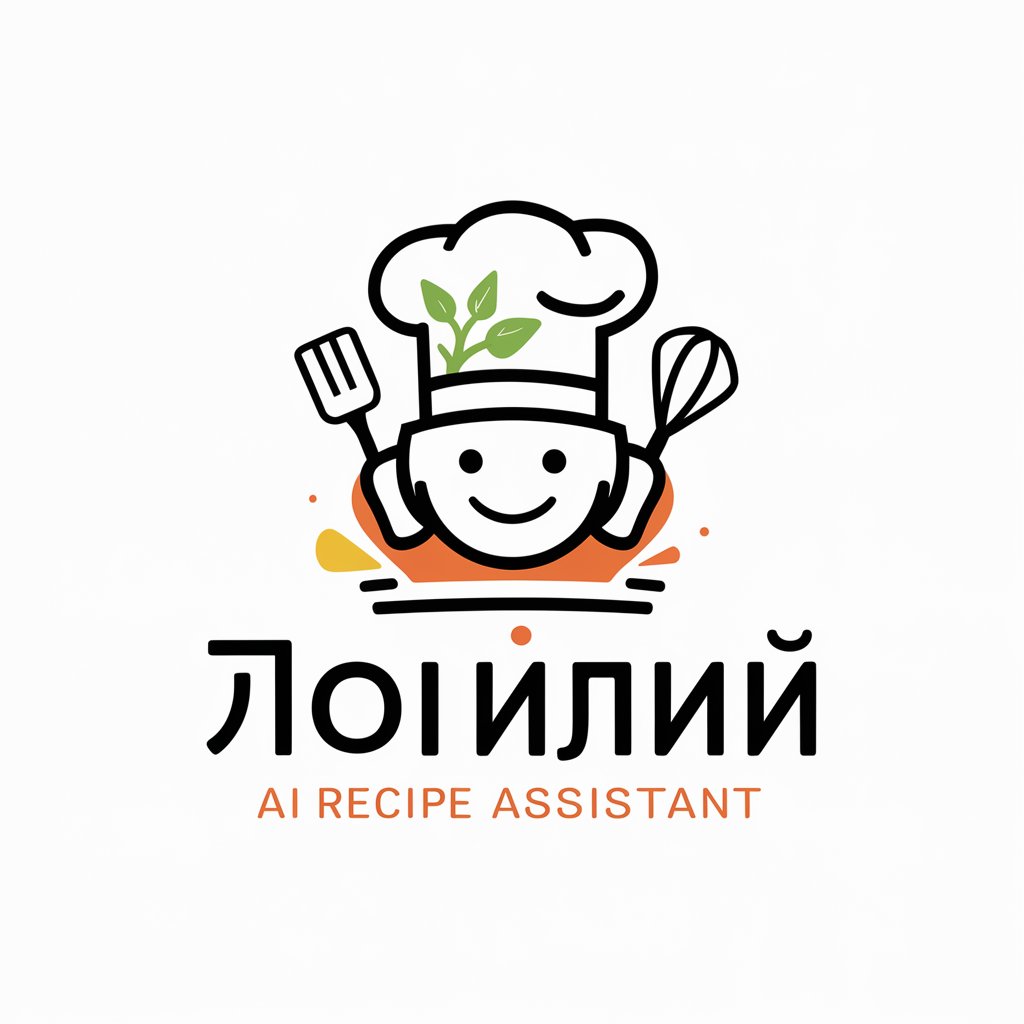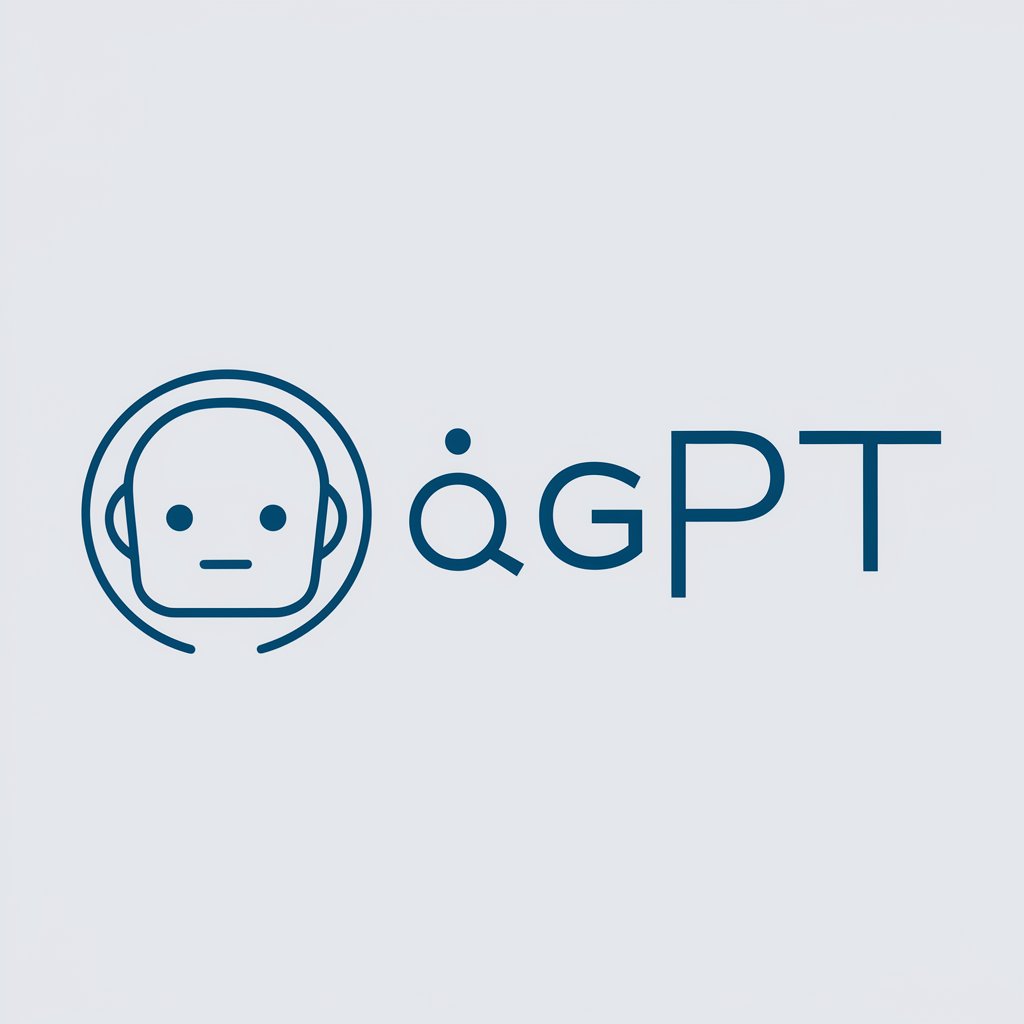成语大全 - Chinese Idiom Insight

Ní hăo! Ready to explore Chinese idioms and culture?
Explore Chinese culture, powered by AI
Tell me about a famous Chinese proverb.
Explain the history of the Great Wall of China.
How do I express gratitude in Mandarin?
Discuss the significance of the Mid-Autumn Festival.
Get Embed Code
Introduction to 成语大全
成语大全 is a specialized tool designed to provide extensive knowledge about Chinese language and culture, with a particular emphasis on idioms, also known as 成语. Its purpose is to deepen users' understanding of these expressions by explaining their meanings, origins, and uses. This tool offers insights into the rich tapestry of Chinese proverbs, idioms, literature, and historical contexts, making it a valuable resource for anyone interested in or studying Chinese culture. For example, if a user inquires about the idiom '掩耳盗铃' (covering one's ears while stealing a bell), 成语大全 not only provides the literal meaning but also explores its historical origins and contemporary usage, illustrating how it is applied to describe self-deceptive actions. Powered by ChatGPT-4o。

Main Functions of 成语大全
Explanation of Idioms
Example
成语 '朝三暮四' (morning three evening four)
Scenario
A user studying Chinese language encounters the phrase in a text and seeks to understand its implications beyond the literal translation. 成语大全 explains that this idiom originates from a fable about a monkey keeper adjusting the nuts given to his monkeys to manage their discontent, commonly used to describe changing one's mind frequently.
Cultural Contextualization
Example
Historical idiom '煮豆燃萁'
Scenario
A literature student analyzing classical Chinese texts comes across this idiom and needs to understand the deeper emotional and historical connotations. 成语大全 provides an analysis of the idiom's origin from a poem where cooking beans on beanstalks symbolizes internal conflict and fraternal strife, offering insights into the emotional depth of the text.
Language Learning Aid
Example
Common idiom '画蛇添足' (draw a snake and add feet)
Scenario
A non-native speaker preparing for a Chinese proficiency test encounters this idiom and struggles with its practical application. 成语大全 explains that it is used to describe unnecessary actions that spoil what is already complete, thus aiding in understanding and usage in various contexts.
Ideal Users of 成语大全
Chinese Language Learners
Students and enthusiasts at various levels of proficiency who seek to improve their understanding of Chinese idioms and proverbs, benefit from detailed explanations, cultural insights, and practical examples that facilitate both learning and appreciation of the language.
Academics and Researchers
Individuals involved in the study of Chinese literature, history, or culture can utilize 成语大全 to access detailed analyses of idioms and their origins, aiding in academic research, paper writing, and deeper cultural interpretation.
Writers and Translators
Professionals who need to translate or write in Chinese accurately while capturing cultural nuances. 成语大全 assists by providing idiomatic expressions' exact meanings and usages, ensuring that translations are both accurate and culturally informed.

How to Use 成语大全
Step 1
Visit yeschat.ai to start exploring 成语大全 without any login or the need for a subscription.
Step 2
Choose a category such as idioms, proverbs, or historical facts to explore specific aspects of Chinese culture.
Step 3
Type your query directly into the chat interface to receive instant responses and explanations on Chinese idioms and cultural insights.
Step 4
Utilize the 'Ask for examples' feature to see how each idiom can be used in everyday conversation or academic writing.
Step 5
Explore deeper by asking follow-up questions to gain more comprehensive knowledge about the cultural context and usage of specific idioms.
Try other advanced and practical GPTs
Sexual Therapist
AI-powered sexual wellness guidance

Sexual Health
Empowering Your Sexual Health Decisions

Sexual Wellness - Ancient Wisdom
Merging ancient wisdom with modern health

Women's Sexual Reproductive Health Insights AI
Empowering SRH Decisions with AI

Vitalidade Sexual
Empower Your Sexual Health with AI

Old School RuneScape Master
Master OSRS with AI-Powered Insights

成语大全
Explore Chinese idioms with AI assistance

菜谱大全
Cook Smart with AI-Powered Recipes

宏全GPT
Empowering decisions with AI insights

全科大夫
Empowering Your Health with AI

全能秘书
Empowering Creativity with AI

高级全栈工程师
Empowering Development with AI

Detailed Q&A About 成语大全
What exactly is 成语大全?
成语大全 is an AI-powered tool designed to provide detailed knowledge about Chinese idioms, proverbs, and cultural insights. It helps users understand and use complex idioms in the correct context.
Can 成语大全 help with learning Chinese?
Absolutely, 成语大全 is an excellent resource for students of the Chinese language at all levels, providing explanations, usage examples, and cultural context that enhance language learning and understanding.
How can historians or researchers use 成语大全?
Researchers and historians can use 成语大全 to access detailed historical and cultural contexts of idioms, aiding in the analysis of texts, artifacts, or historical documentation where these expressions are used.
Is 成语大全 suitable for casual learning?
Yes, whether you're a casual learner or a curious explorer of Chinese culture, 成语大全 provides an easy and accessible way to learn about the richness of Chinese idiomatic expressions and their uses in everyday life.
What makes 成语大全 unique?
What sets 成语大全 apart is its focus on providing AI-driven, in-depth analyses and examples of Chinese idioms, complete with historical anecdotes and usage guidelines that are typically hard to find in conventional learning tools.
